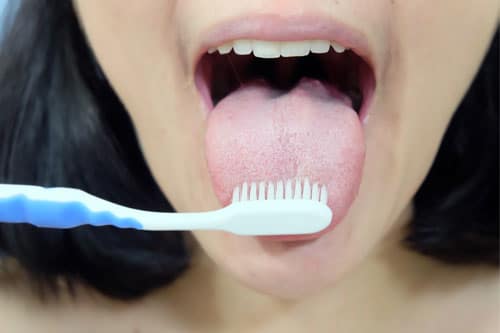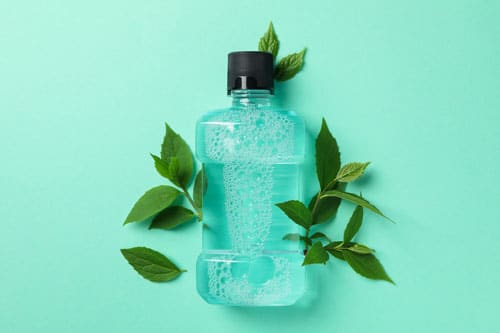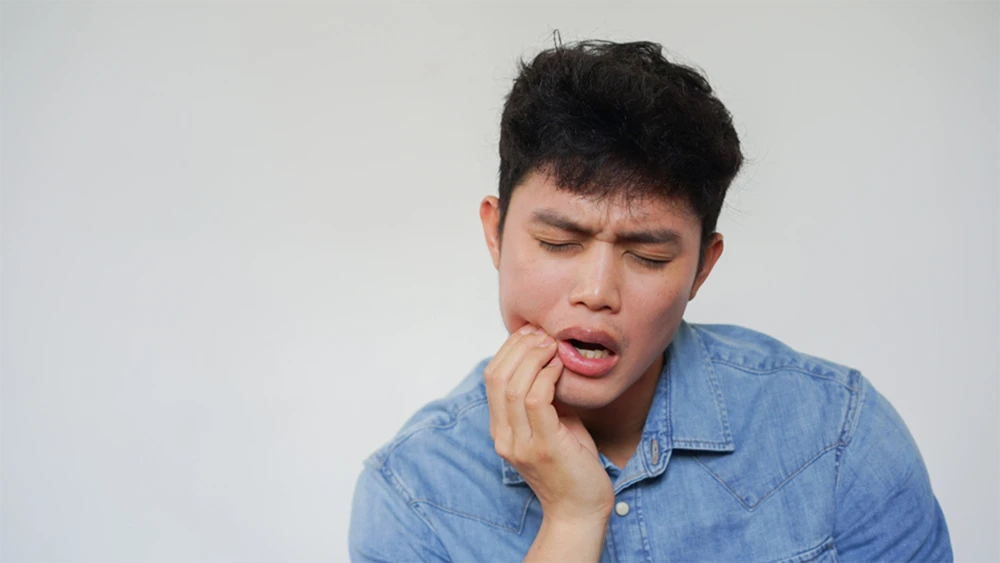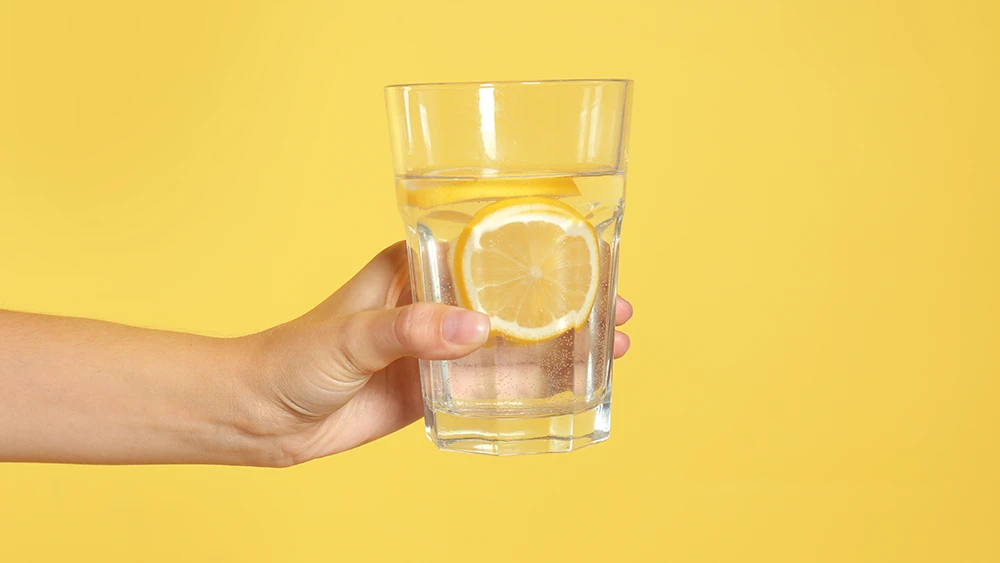Brushing your teeth is an essential part of your daily dental routine. But how many of us are doing it the correct way? In this article, I will be sharing how to brush your teeth correctly for the most effective removal of plaque as well as tips for a fresher breath.
Five effective ways to brush your teeth
- Use a soft-bristled toothbrush
- Position the bristles very near the gums and angle it 45 degrees toward the gum
- Brush in a small circular motion, as though to massage the gums
- When brushing the upper back teeth surface (facing the cheek), open the mouth gently & stretch the cheek with the toothbrush to achieve access to the last tooth.
- When brushing the lower front teeth surface(facing the tongue), tilt chin downward and brush using a vertical stroke, from gum to tip of the tooth.
How to Brush Teeth With Braces On?
- Remove elastics, bands, or removable parts of orthodontic appliances.
- Carefully clean around wires and pins.
- Move top to bottom, and all the way around upper and lower teeth.
- Dental professionals recommend brushing your teeth for two minutes, twice daily. That means each quadrant of your mouth gets 30 seconds.
- Rinse thoroughly. Examine teeth and braces in the mirror, and remember to look for any remaining food particles.
Supplement your daily brushing
Brushing your teeth twice daily is just one part of the daily dental routine. Doing these additional steps help to improve your overall oral health.
Tongue cleaning
The surface of the tongue is a perfect breeding ground for bacteria growth.
Cleaning with a toothbrush can improve oral hygiene and prevent bad breath (halitosis), leading to fresher breath.

Mouthwash
Using mouthwash regularly before brushing and flossing is an excellent addition to your dental routine. Mouthwash helps to fight tooth decay and promotes healthy gums and teeth by preventing the buildup of plaque.
To allow a higher amount of fluoride to be deposited onto the teeth, do not rinse, eat or drink for 30 minutes after using a fluoride-based mouthwash.

Interdental care
The most commonly used interdental care options are flossing. Interdental cleaning can remove plaque between gaps of the teeth. These gaps are not easily reached by toothbrush bristles causing bacteria to grow.

Conclusion
Even with proper dental care, some stains cannot be removed by brushing and flossing. Tartar caused by plaque buildup can only be removed by a dental professional. Visit your dentist every six months for healthy and clean teeth.




